Last updated on March 22, 2024
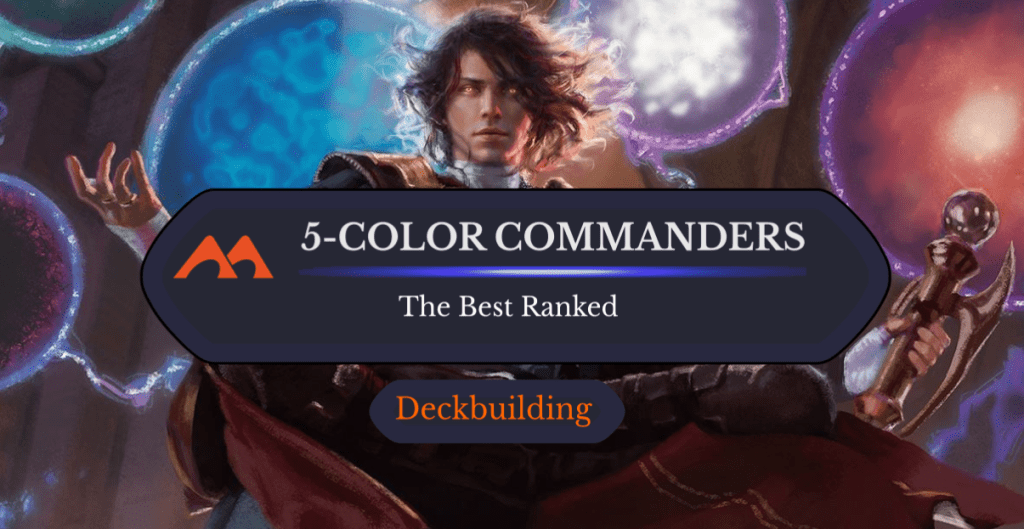
Jodah, Archmage Eternal | Illustration by Yongjae Choi
We talk about pretty much every MTG format there is here on Draftsim, but recently I came across a discussion that keeps coming up like a Bloodghast. Commander is something we touch on quite a bit, but I'm going in a bit deeper today on five-color commanders.
You must construct your deck within the limits of your color identity, which is one of the key features of Commander. Your commander’s color identity looks for pips () in both their mana cost and the mana cost for any of their abilities. Since you need to have exactly 100 cards in your deck and there is a relatively small list of banned cards (the Commander card pool includes almost all official sets), this kind of limitation is what makes the game more tactical.
As you can imagine, though, there are some potential commanders that offer you all the colors. Let’s talk about that.

What Are 5-Color Commanders in MTG?

Morophon, the Boundless | Illustration by Victor Adame Minguez
These commanders essentially “break” the color identity rule since they have a color identity that includes all five of MTG’s colors.
This means that every card that’s legal in Commander can be used in your deck. Some players argue that this is a cool thing, while others say that even though it’s within the rules, having access to all colors is against the spirit of the format.
Technically, this ranking would include Golos, Tireless Pilgrim, but Golos is banned in Commander so make sure you don't accidentally build an entire deck around it only to realize that it isn't legal in the format.
#20. Kyodai, Soul of Kamigawa
I love how the Commander format and being multiplayer helps certain keyword abilities like flash carry much more weight. Some even say flash is virtually having haste since you can launch Kyodai, Soul of Kamigawa at the end of you opponent's turn. This card does another good thing for commanders and that is put attention onto another card. Eight evasive power is a lot if you ever find that dealing commander damage is your best route to win.
#19. Jared Carthalion
Power-wise on this list, we're just getting started with Jared Carthalion. Though being able to pump out a solid token each turn is good, it's pretty exciting to see an ultimate loyalty ability that can be activated after one turn even if that ability can be underwhelming. Thank you Jared for being our only planeswalker commander of five colors and vehicle to let us play the payoffs at the end.
#18. Tazri, Beacon of Unity
As much as I wish soldiers had taken the place of warrior in the party mechanic, it is a pretty cool way to incorporate allies and more common types throughout Magic's history. Besides, we had to get a Tazri in this ranking. Just don't overlook the activated ability on Tazri, Beacon of Unity to get up to two creatures into your hand for four mana.
#17. Sliver Gravemother
Any card that ignores rules has grounds to be really powerful. To play your cards again from the graveyard is excellent card advantage and encore is an inherently powerful ability for giving you multiple tokens at once. Sliver Gravemother does all of these and is readily available as the leader of Sliver Swarm, a Commander Masters precon.
Fun fact, all legendary slivers are five colors. Not all of them made this ranking, but they should make the 99 in your 5-color sliver commander deck.
#16. Jegantha, the Wellspring
The gigantic mana dork, Jegantha, the Wellspring is a great build-around for fun spells like Chromanticore and Maelstrom Archangel, or three color charms such as Abzan Charm and Brokers Charm.
This elk actually reminds me of Edgewalker in that it allows you to eliminate colored mana costs, which is a fun effect and Jegantha, the Wellspring only gets better with every new set.
#15. Sisay, Weatherlight Captain
Sisay, Weatherlight Captain says, “Another legendary? Thank you Wizards!” Five color legends put a lot of power in your library and Sisay says “I'll deliver those to your battlefield in a flash.” I get that they want you to play another 5-color legend so you can tutor for any permanent of mana value seven or less, but humans and soldiers have ways to increase power too. The Weatherlight Captain needs help getting to , and will often grab a legendary land to help you put the game out of hand.
#14. The First Sliver
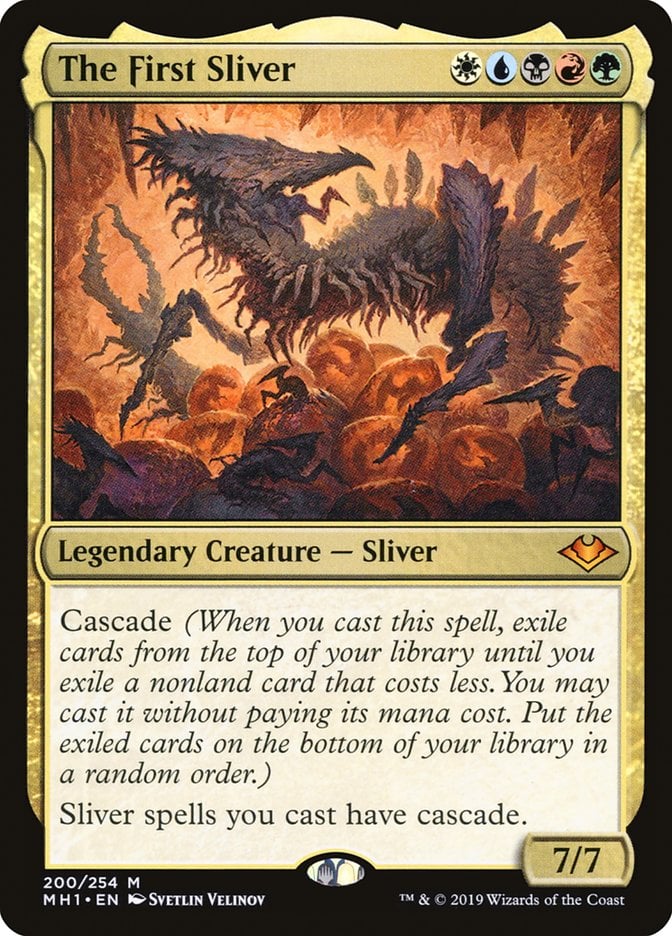
The First Sliver has cascade, and all slivers spells you cast also have cascade. No matter what happens, you’re bound to have a bunch of slivers in play.
Tribal decks are usually good at buffing creatures from the same tribe but don’t have much card advantage going on. The challenge is to include slivers from various colors and mana costs to maximize the efficiency of cascade.
#13. Morophon, the Boundless
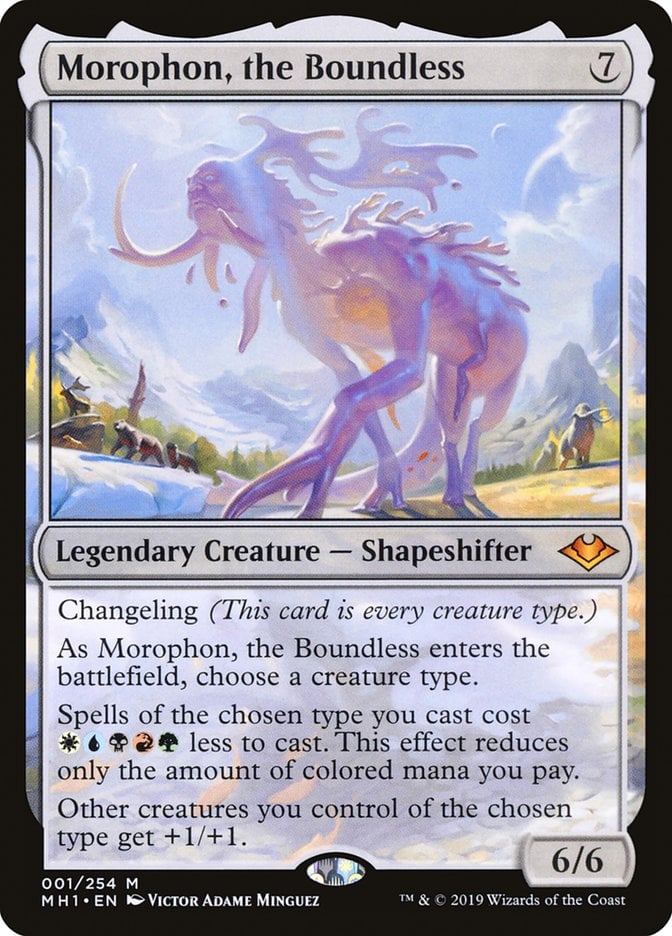
Morophon, the Boundless is a generic tribal commander, so you can build any tribal deck with it as a leader. Humans, vampires, soldiers, you choose. EDH players love to get fancy with tribal decks that aren't officially supported by existing lords, and this commander doesn’t care about the tribe or the colors involved.
Morophon provides creature cost reduction and fixing, so a good strategy is to include color-intensive cards like Mantis Rider (free with Morophon) or Reflector Mage in a human tribal deck to obtain a better mana discount.
#12. Urtet, Remnant of Memnarch
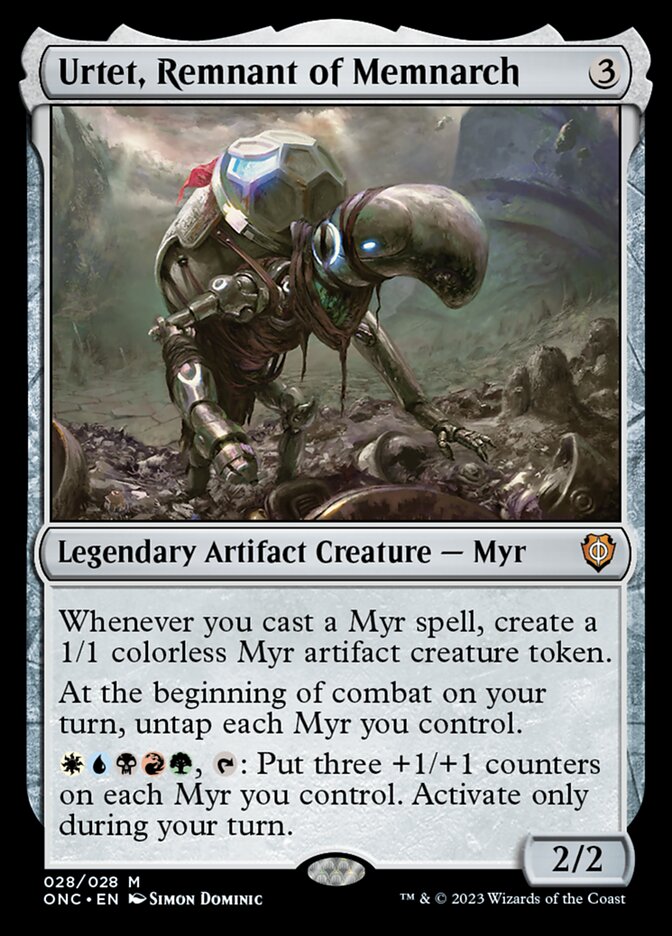
Urtet, Remnant of Memnarch is a nice 5-color Myr-themed commander. It’s only three mana to cast, and you don’t need crazy 5-color fixing to start. You can build an Urtet deck in a myriad of ways, including artifacts (affinity, metalcraft), tokens, proliferate, or ramp.
Each Myr you have that produces mana can produce mana twice in the same turn, so that allows for a lot of mana producing and color fixing. It gets better the more meaningful mana sinks you have.
#11. Tom Bombadil
You look across your strongest cards and oftentimes realize, if it can protect itself and gives me free cards, it's probably really good, and Tom Bombadil has these traits. From Lord of the Rings comes a commander that lets your library tell the story and gives Birgi, God of Storytelling a run for the money. You get access to all the best sagas thanks to Tom's color identity and Wizards keeps on printing good sagas. You gotta love a little variance in your Commander games, so just be sure to grab a few sagas with read ahead so you can really manage your never-ending sagas.
#10. Omnath, Locus of All

The best thing Omnath, Locus of All brings to the table is that it gives you an extra card each turn, and three extra mana depending on what you draw.
This commander incentivizes you to play cards that have three or more mana symbols, whether they’re different symbols like Thalia and The Gitrog Monster or the same color like in Nyxbloom Ancient or Phyrexian Obliterator. Common Omnath builds include multicolor matters, 5-color good stuff, or a devotion route with black devotion a particularly good choice.
No matter what route you choose, it’s hard to go wrong with drawing extra cards and generating extra mana each turn.
#9. Esika, God of the Tree / The Prismatic Bridge
I’ll focus on The Prismatic Bridge, which is the reason why this is a 5-color commander. When you have The Prismatic Bridge in play, you’ll cheat a creature or planeswalker into play from your library each turn. Enchantments are harder to kill than creatures, so you don’t need to worry as much about losing your commander before untapping and getting value from it.
Most builds focus on a superfriends deck that aims to put a planeswalker into play each turn and snowball from there. Another interesting build is a god-tribal one. Play a bunch of god creatures, tutor for The World Tree, sacrifice it, and put any number of god cards into play.
#8. Niv-Mizzet, Supreme
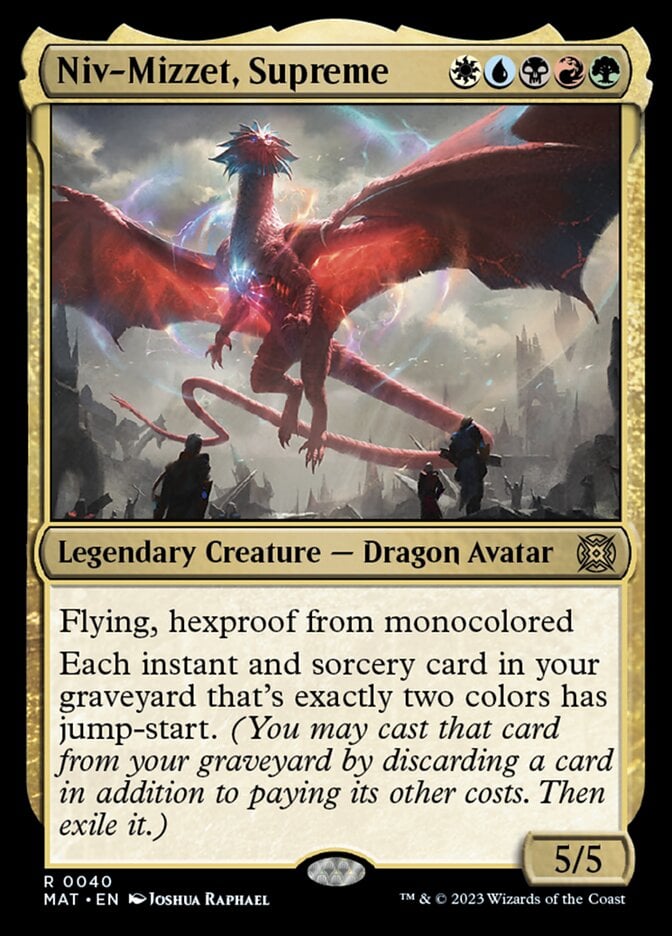
Nothing like a Ravnican to help opponents realize how many of their spells are monocolored. Niv-Mizzet, Supreme gives the likes of Assassin's Trophy, Boros Charm, and Supreme Verdict a second go around and keep on doing powerful things. You don't need to do Izzet spellslinging to make this commander upsize to supreme.
#7. Ramos, Dragon Engine
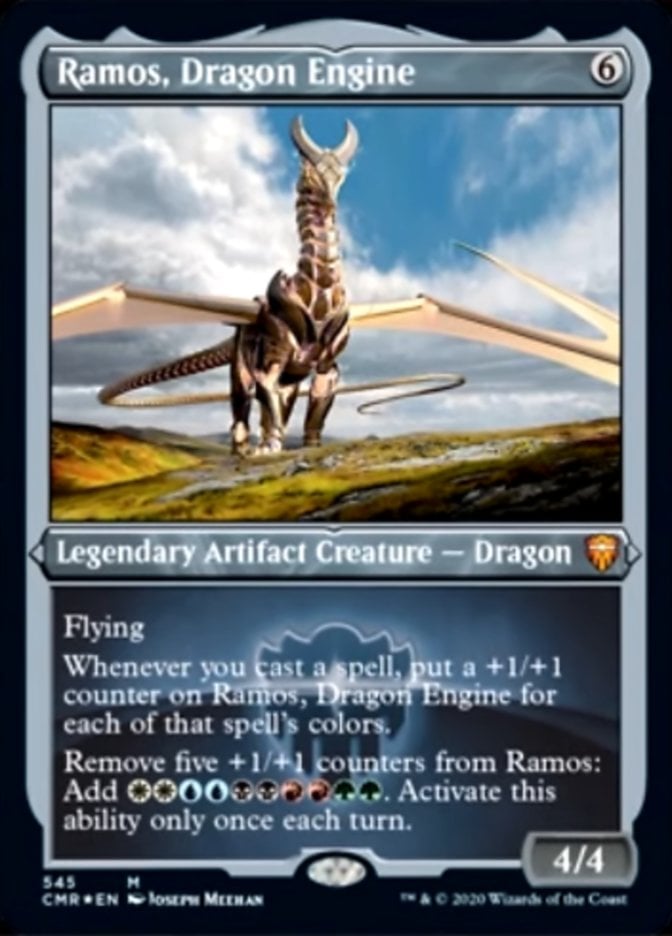
Ramos, Dragon Engine is a commander that wants as many multicolored spells as possible, ideally ones that cost 3-5 different colors of mana. You can grow your commander quickly and have a flying, beating machine.
Cards that care about multicolor cards are at home in this deck. Casting those multicolor spells hurts your mana though, so prepare to play lots and lots of nonbasic lands, tri lands, Chromatic Lantern, and the like. If you take five counters away from Ramos, you can even kill someone via Door to Nothingness thanks to the amount of mana generated by the commander.
#6. Jodah, Archmage Eternal
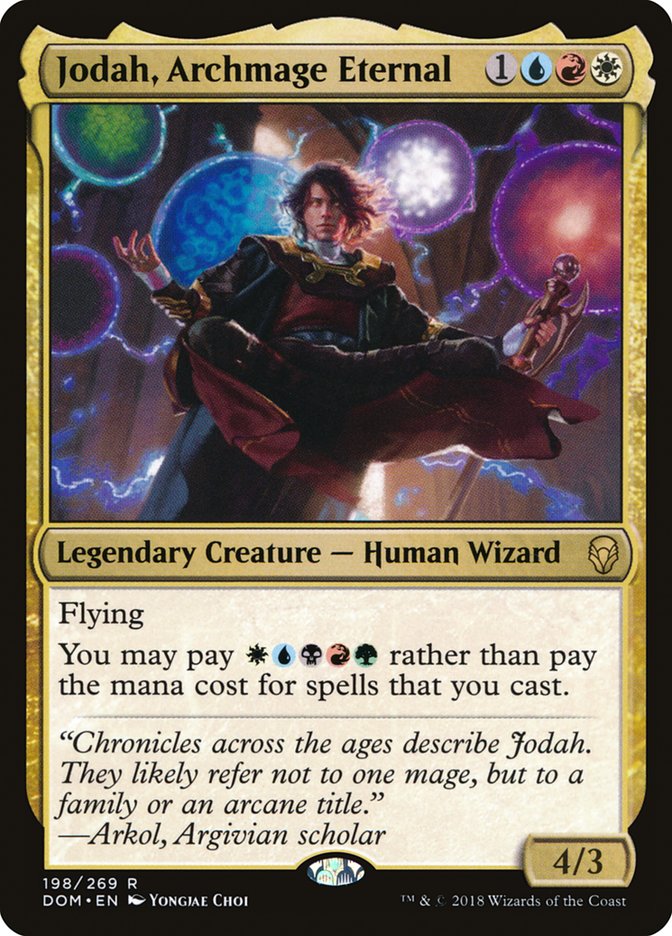
Jodah, Archmage Eternal offers you the possibility of paying for all your other spells, which is basically the effect of Fist of Suns. Not only are you playing 5-color good stuff, but you’re also playing 5-color expensive stuff!
Jokes aside, you’ll want your spells to be big and meaningful, like Apex Devastator or Omniscience. Your opponents will try to take your commander down whenever they can, so getting to untap with Jodah, Archmage Eternal and keeping it on the battlefield require protective countermagic or some ways to give it hexproof.
#5. Kenrith, the Returned King
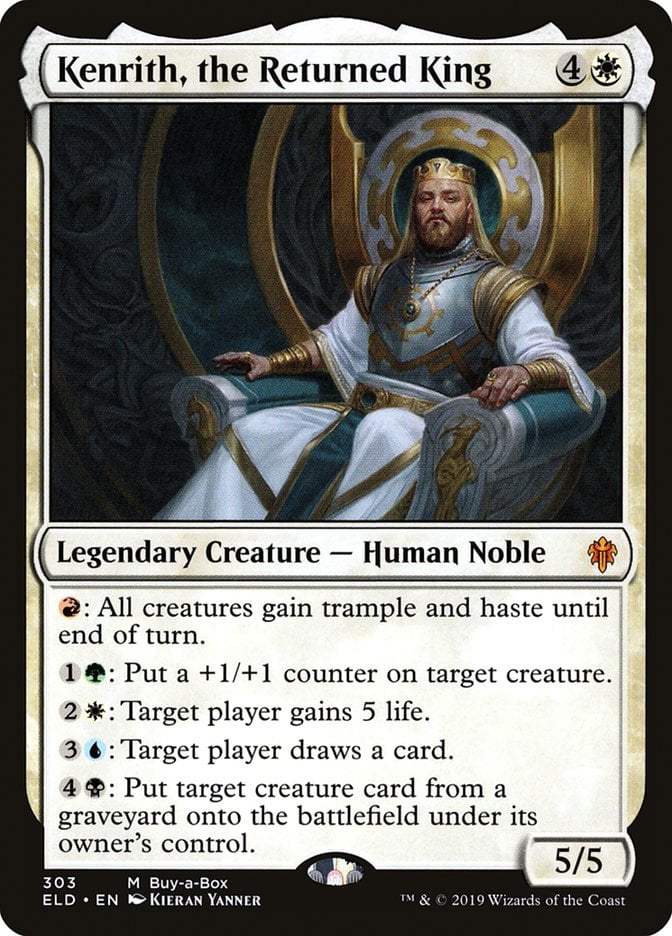
Kenrith, the Returned King is a nice mana sink that serves as a jack-of-all-trades for combo purposes. You can pay some amount of mana to gain life, draw cards, put +1/+1 counters on creatures, reanimate, and so on.
One interesting way to build Kenrith is to reduce the cost of its mana abilities by playing cards like Training Grounds or Zirda, the Dawnwaker and to untap your mana via Wilderness Reclamation to use it on your opponents’ turns.
Casual builds use this to obtain more resources as the game goes on, while more competitive builds enjoy playing combos that produce infinite mana to win.
#4. Jodah, the Unifier
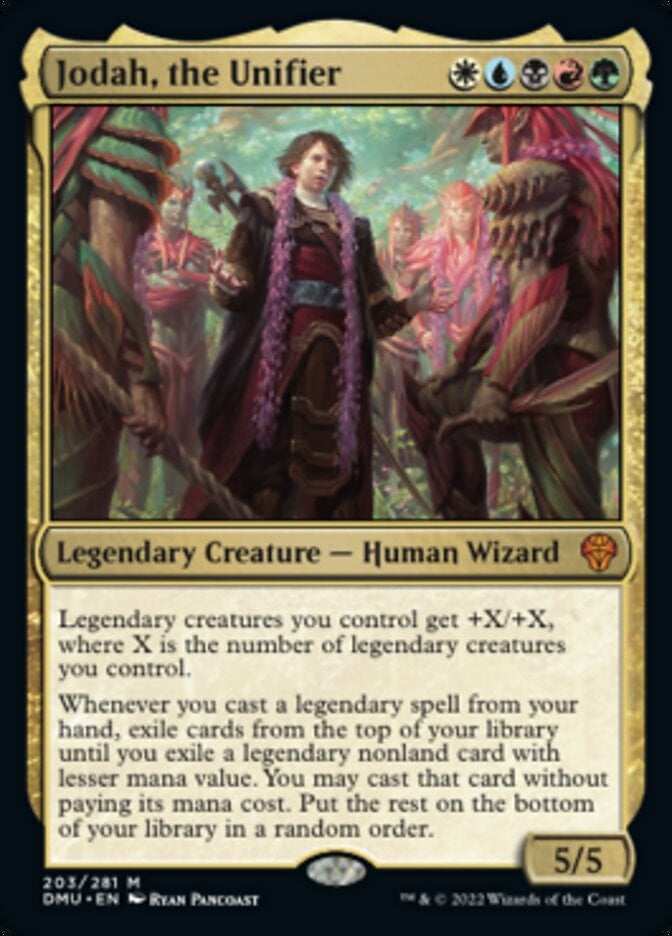
Jodah, the Unifier is a legends matter commander that wants you to have as many legends as possible. It gives legendary creatures a big buff, and it also gives the legendary spells a cascade effect.
Here’s the power of Jodah: cast a legendary spell with a mana value of five, and cascade into maybe a 3-mana legendary spell. You’re almost always getting free value from your spells.
Decks built around Jodah need to protect their commander at all costs because the risk of losing the commander in the middle of combat can be devastating if you’re counting on the buff it provides.
#3. Najeela, the Blade-Blossom
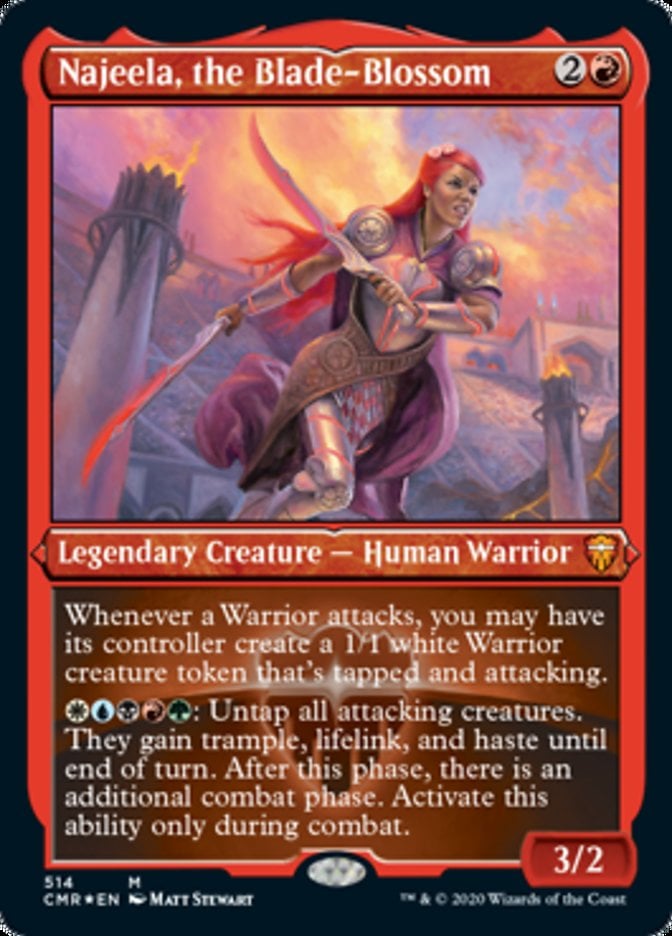
Najeela, the Blade-Blossom is a warrior tribal deck usually built to be very aggressive. Warrior cards are present in all colors, but mainly in Boros () colors. You’ll want a deck that frequently attacks with warriors and that goes wide with many creatures and anthem effects. One Najeela’s activation seals the deal if you have a strong enough board.
In Najeela, you have a cheap commander that can benefit you as early as turn three if you’re attacking early with warriors. You don’t even need to use all five colors of mana!
#2. Go-Shintai of Life's Origin
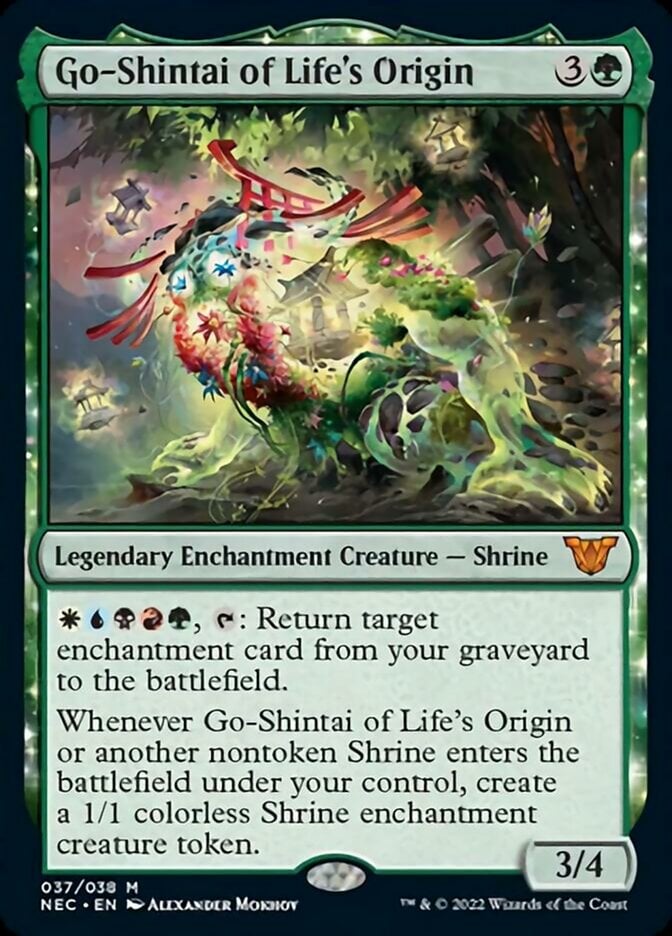
Go-Shintai of Life's Origin wants you to have a “shrine tribal” build, and for that purpose you can play every known shrine printed in sets like Kamigawa: Neon Dynasty and original Kamigawa. Shrines add to each other like slivers.
Eventually, you reach a critical mass of shrines that give you a massive resource advantage to win, be it making everyone discard lots of cards with Honden of Night's Reach or milling opponents with Go-Shintai of Lost Wisdom. You don’t even need to play shrines. As long as you’re playing enchantments, you’re playing to the strengths of this commander.
Go-Shintai allows you to reanimate enchantments, so you can go the self-mill route and reanimate Omniscience or another crazy powerful enchantment.
#1. The Ur-Dragon
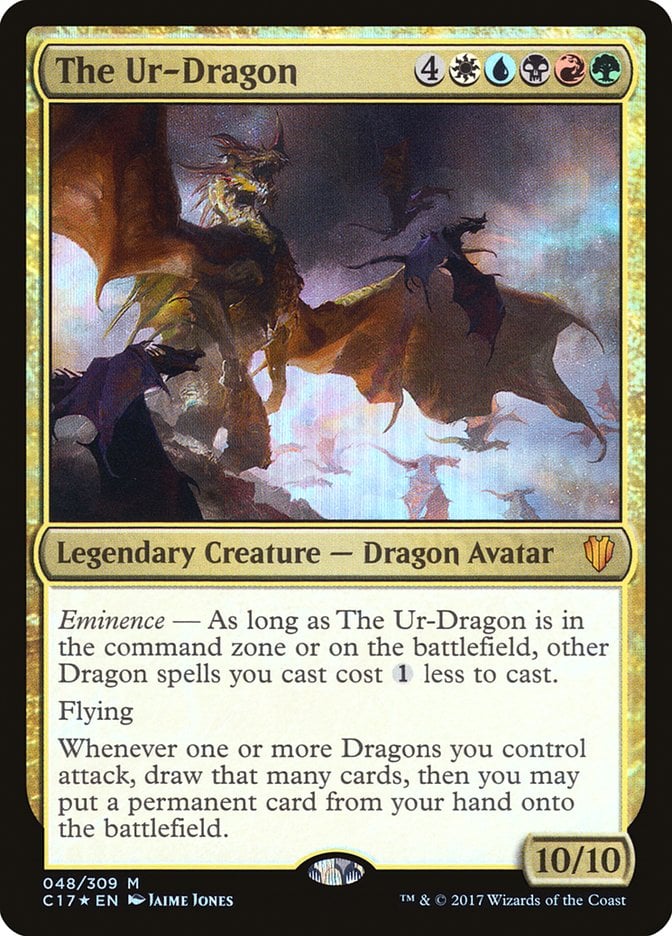
Here’s dragon-tribal at its finest. Nine mana is a lot to pay for your commander, but thanks to the eminence ability, you’ll always have a mana discount on other dragons you play. That’s the main strength of The Ur-Dragon. The mana discount helps immensely in lowering the mana curve since most dragons are already on the mana-expensive side.
The best moment to cast your commander is when you already have dragons in play since you’ll get massive upside by attacking with them. A single dragon attacking already benefits you and triggers your commander.
The Ur-Dragon Commander decks always get new toys with each set because WotC is always printing new and powerful dragons and tribal incentives like Sarkhan, Soul Aflame, Thrakkus the Butcher or Carnelian Orb of Dragonkind.
5-Color Commander Payoffs
Some straightforward mechanics that are maximized by being able to pay five colors are sunburst and converge. A few other mechanics benefit you greatly for widespread devotion in Bloom Tender, Conqueror's Flail, and Faeburrow Elder. Other powerful cards simply need and won't go in any EDH deck without five colors in its identity.
Go-Shintai of Life's Origin and Shrines
The Go-Sintais, Hondens, and Sanctums are cycles of shrines that all get better with each other. Pull in Go-Shintai of Life's Origin and your opportunities for prayer increase wildly.
Bringers of the Dawn Cycle
To pay five mana instead of eight is a significant payoff, and the bringers are all upside after one turn. These work because you're already constructing your deck to pay , isn't it interesting how the bringers' upkeep effects are typical 3-mana spells, but the blue one feels so much stronger than the others?
Are 5 Color Commanders Bad for EDH?
One reason why Commander is the most popular MTG format is the freedom to construct your decks while making sure that things don’t turn into complete chaos. You can’t have multiple cards with the same name, only specific cards can be commanders, and you need to build your deck with exactly 100 cards (101 with a companion).
Limiting your colors is actually a good challenge. When there’s a 5-color commander in play though, there’s a good chance that the deck ends up being what’s called “5-color good stuff.”
It's no surprise that cards like Kenrith end up being the lead player in the top tier decks in Commander.
Now, you probably think I was going to rant about how 5-color commanders are unfair. On the contrary, I’m going to rant about how this isn’t the case and there should, in fact, be more 5-color commanders.
The internet voices their annoyance with 5-color decks. As far as I can see, the problem here is the use of good stuff. Triming down to a 4-color commander deck is often possible, but that's also a short list of best cards.
I admit, there are a lot of people who just want to annoy the hell out of their opponents with the likes of Gaddock Teeg. In this case, you should hate the player, not the game.
Remember your rule 0. Your playgroup can ban 5-color commanders. Keep in mind, though, that there aren’t any 5-color commanders banned by WotC since they aren’t considered broken.
Commanding Conclusion
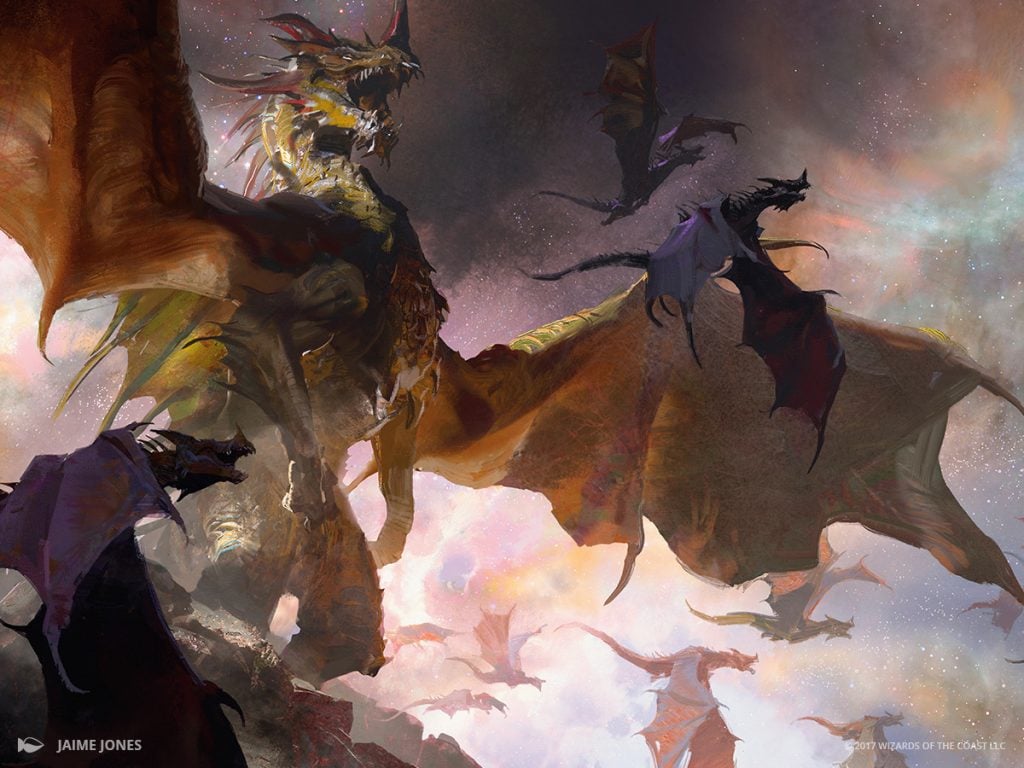
The Ur-Dragon | Illustration by Jaime Jones
Commander should be a format to mix things up. Sure, you can tell me to just play Canadian Highlander instead, but having a commander that has all colors and then building around it has a great charm for me. Considering that 5-color decks can lack focus and trade synergy for flexibility, I personally don’t think 5-color commanders are a problem.
One of the great things about MTG, though, is its community. You can occasionally meet annoying players who just want to win instead of having fun, but this is what makes MTG great; you can make your opponent suffer with pretty much any deck if you want.
What do you think? Do 5-color commanders allow for better deck building, more flexible games or just guide players towards good-stuff decks? Let us know in the comments below!
Follow Draftsim for awesome articles and set updates:
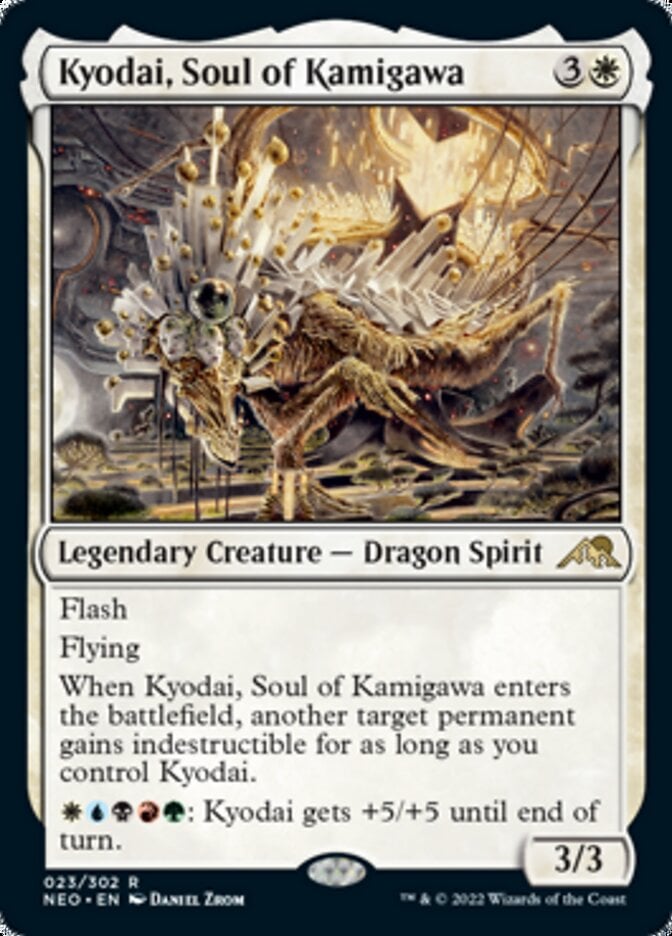
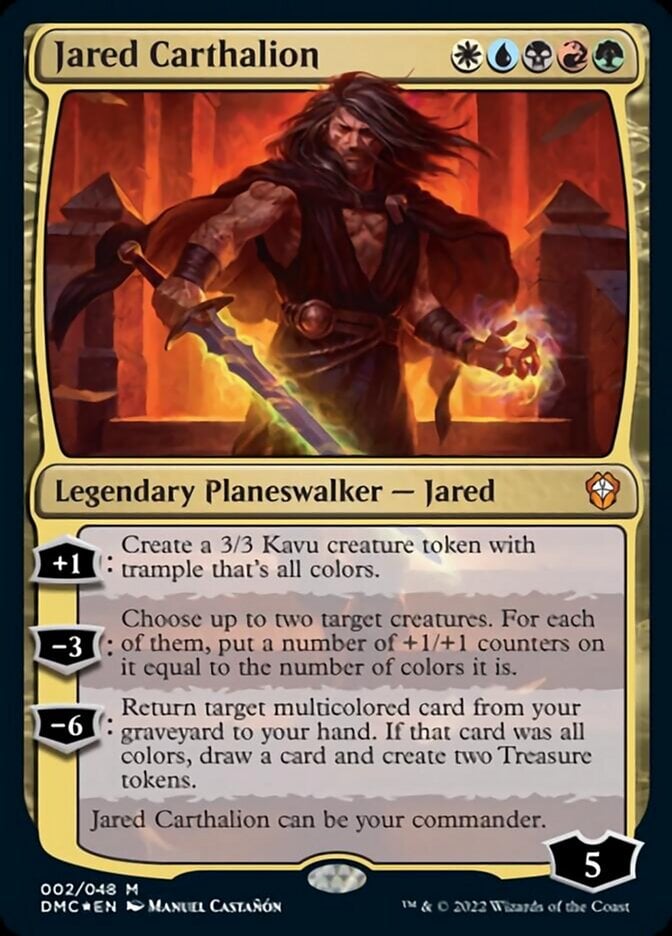
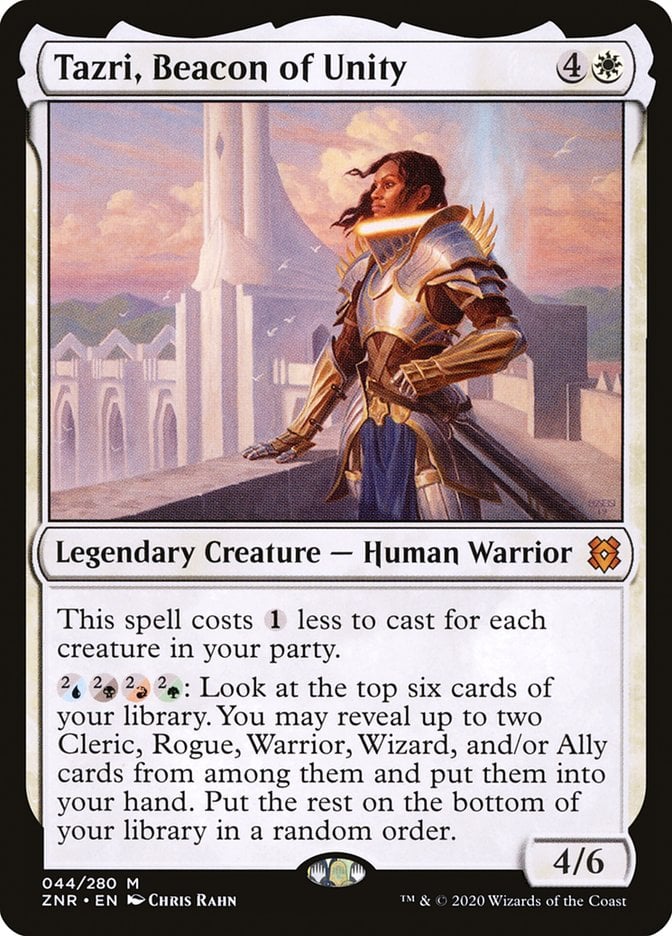
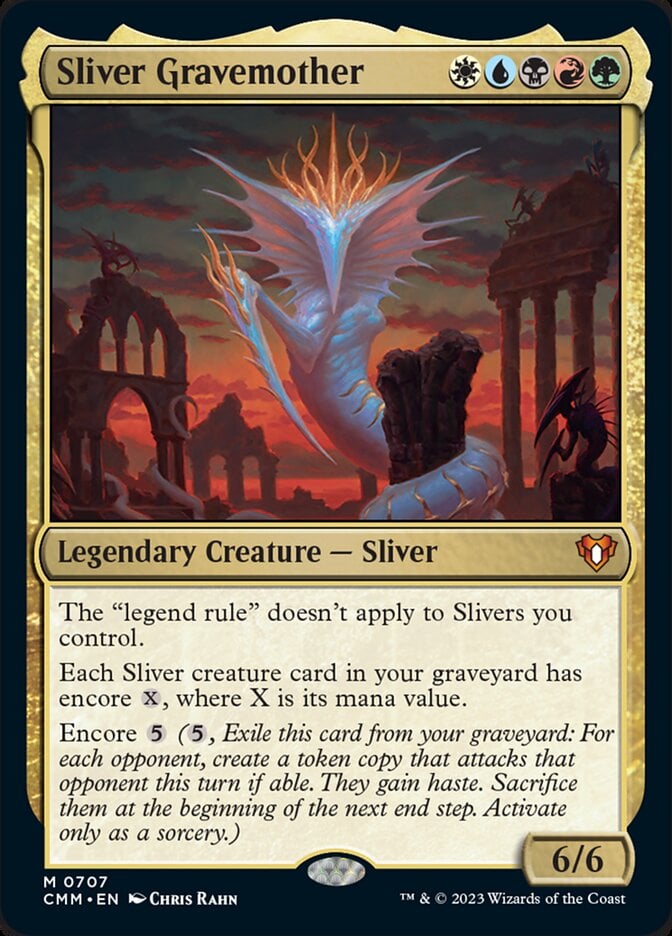
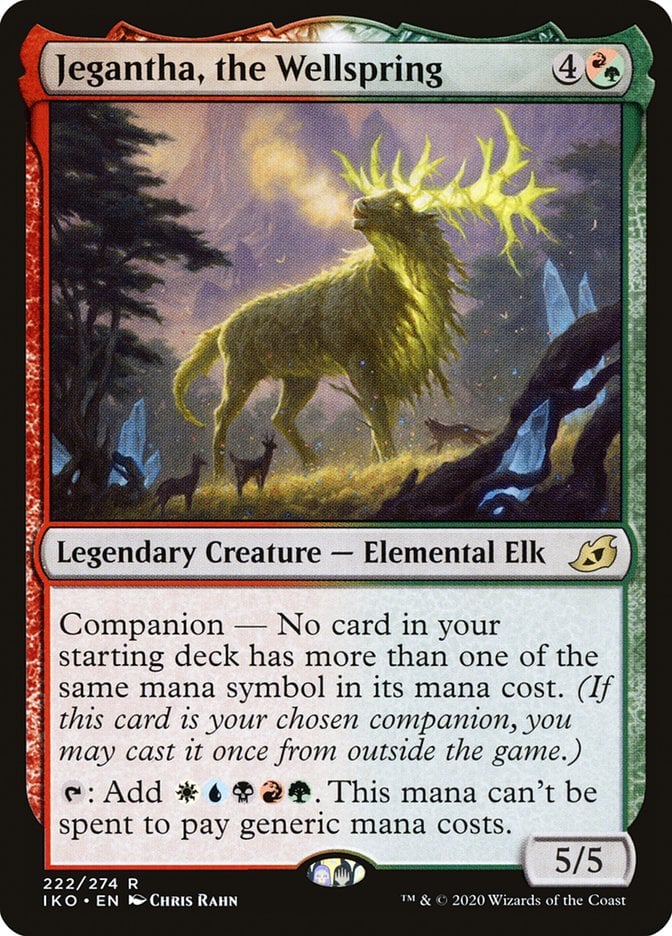
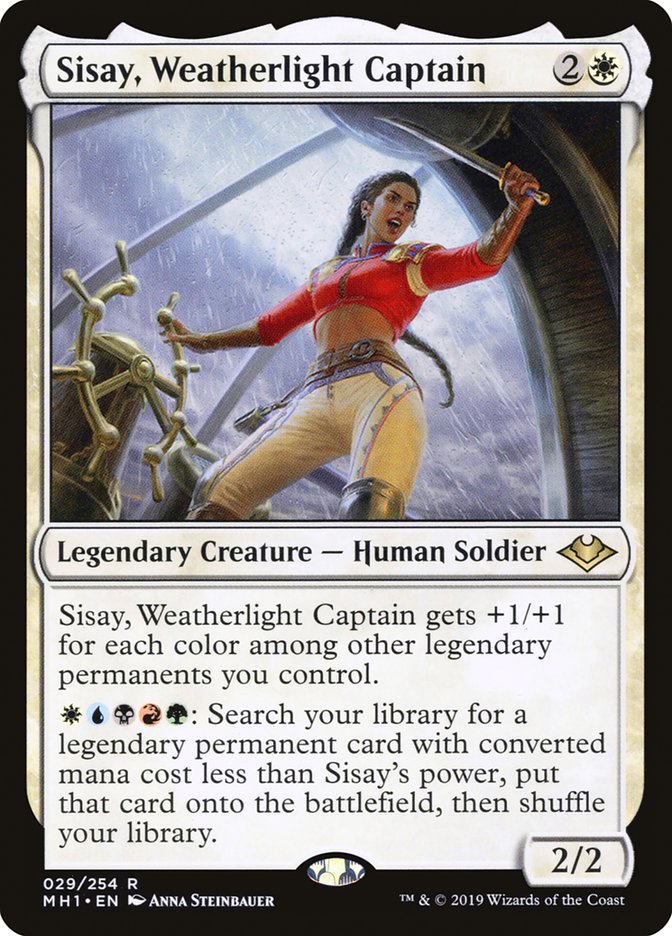

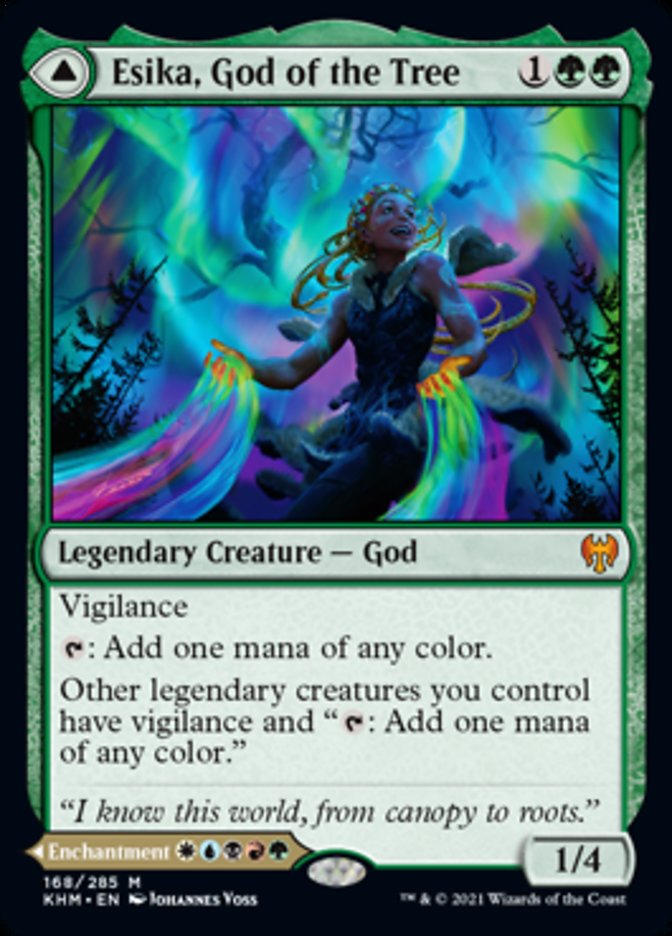

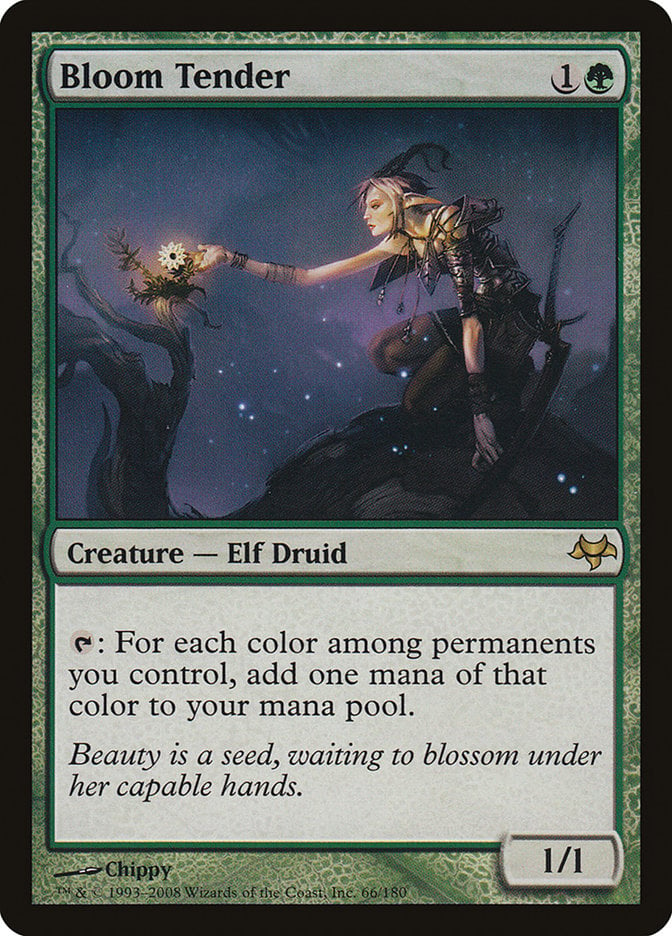
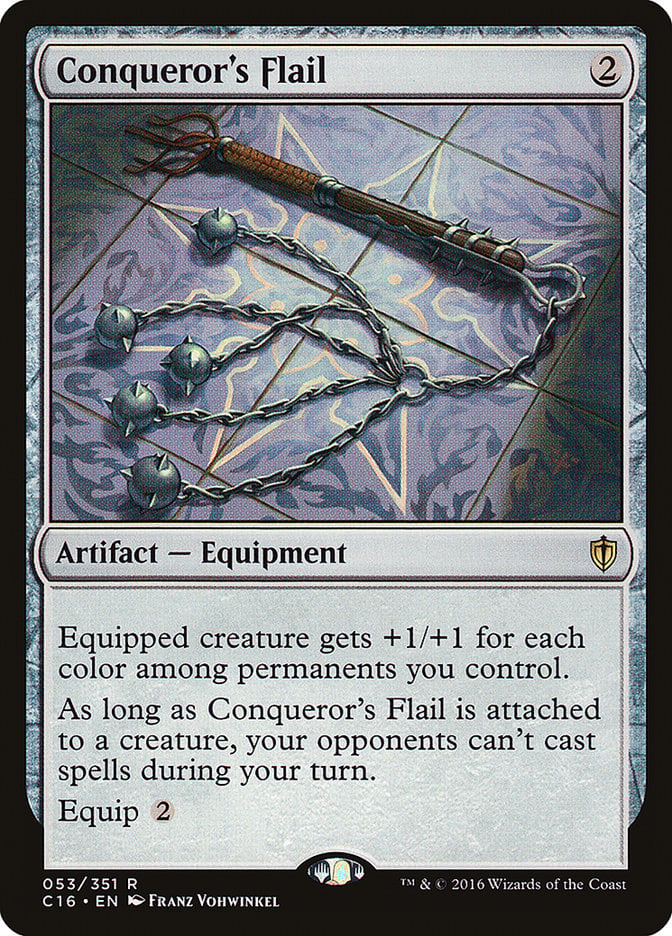
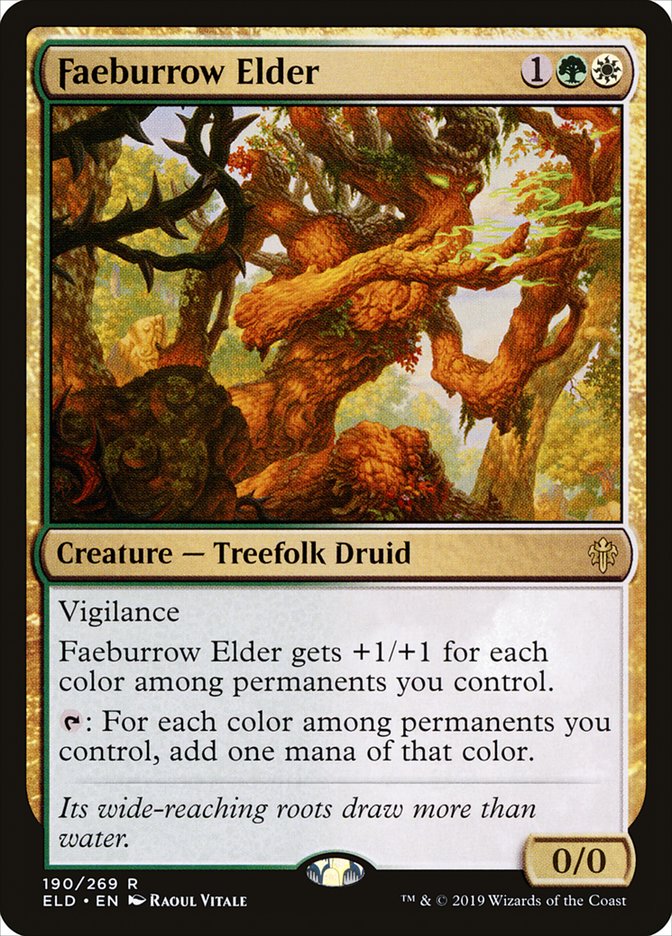
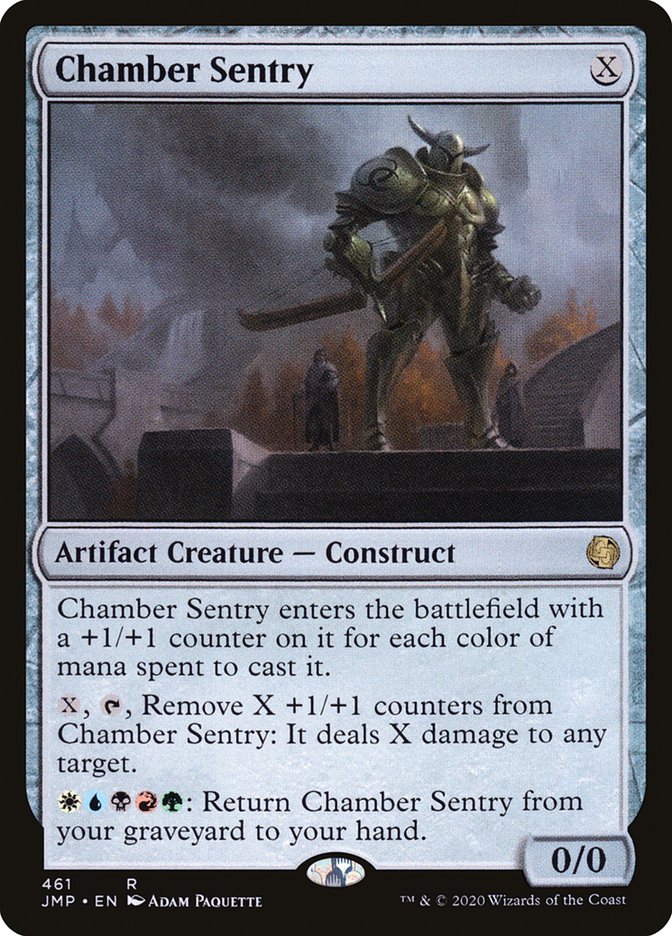
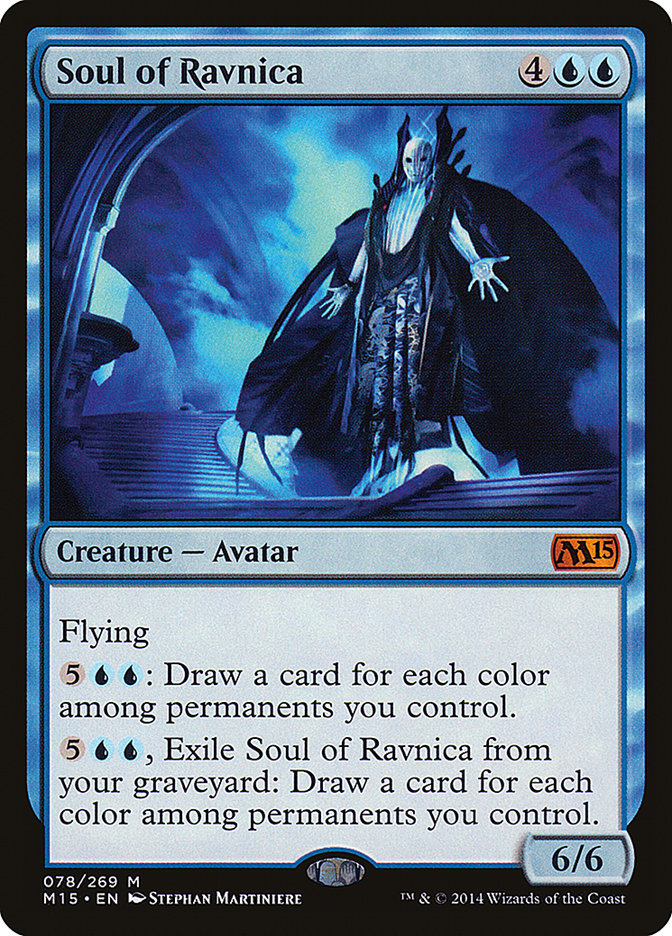
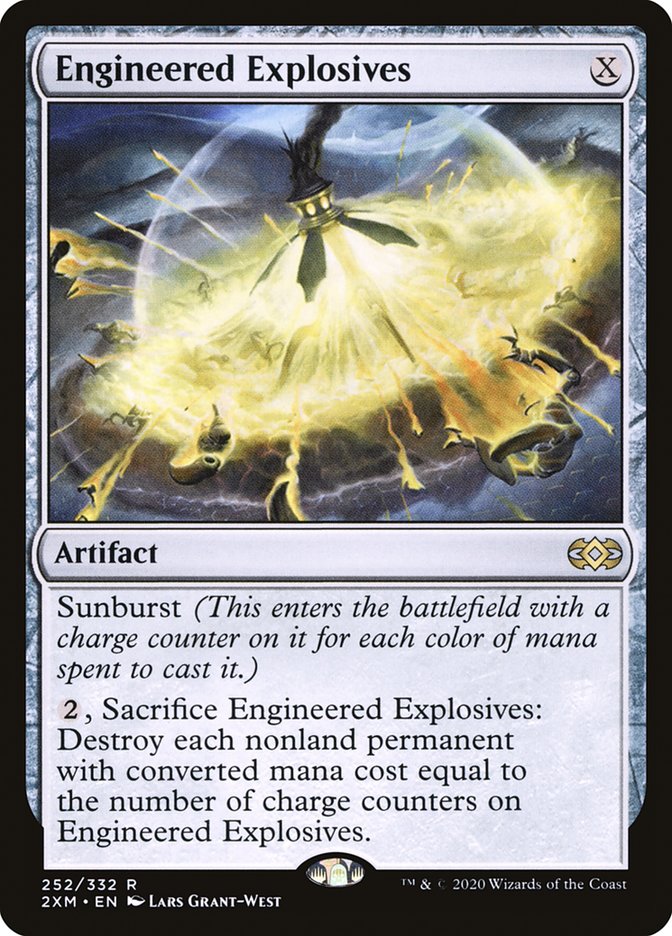

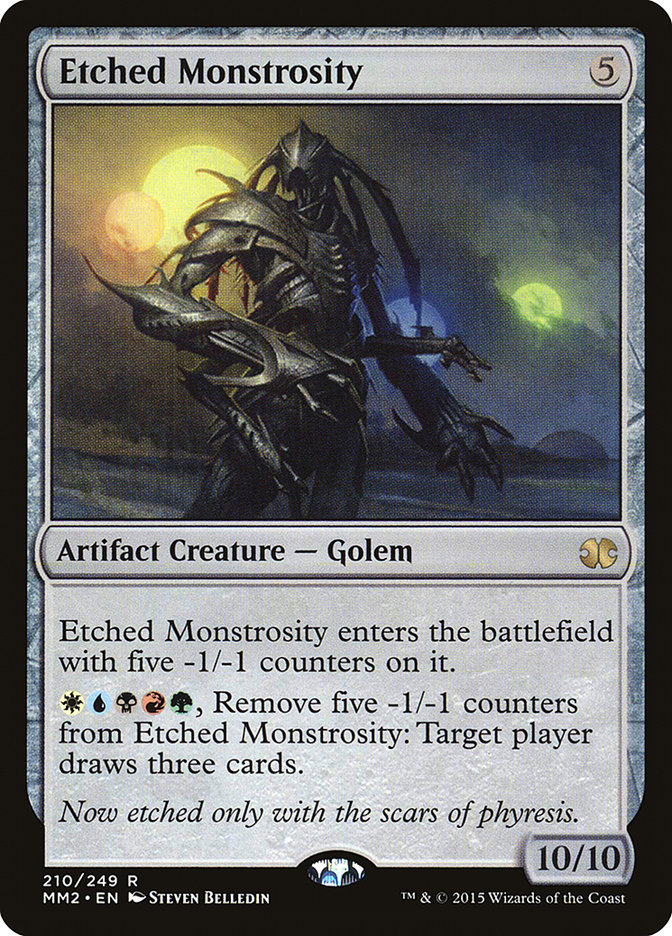
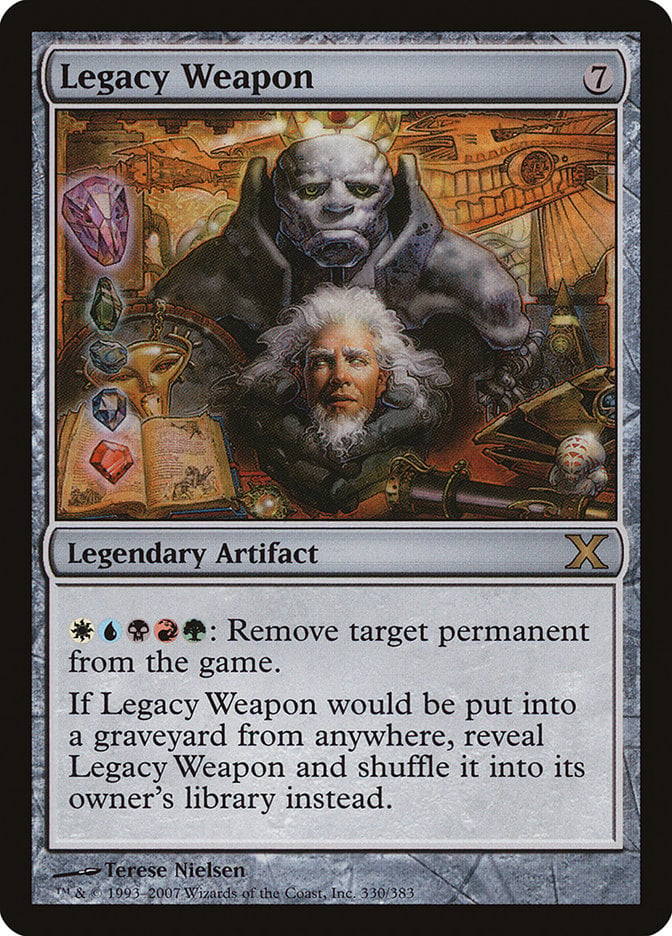
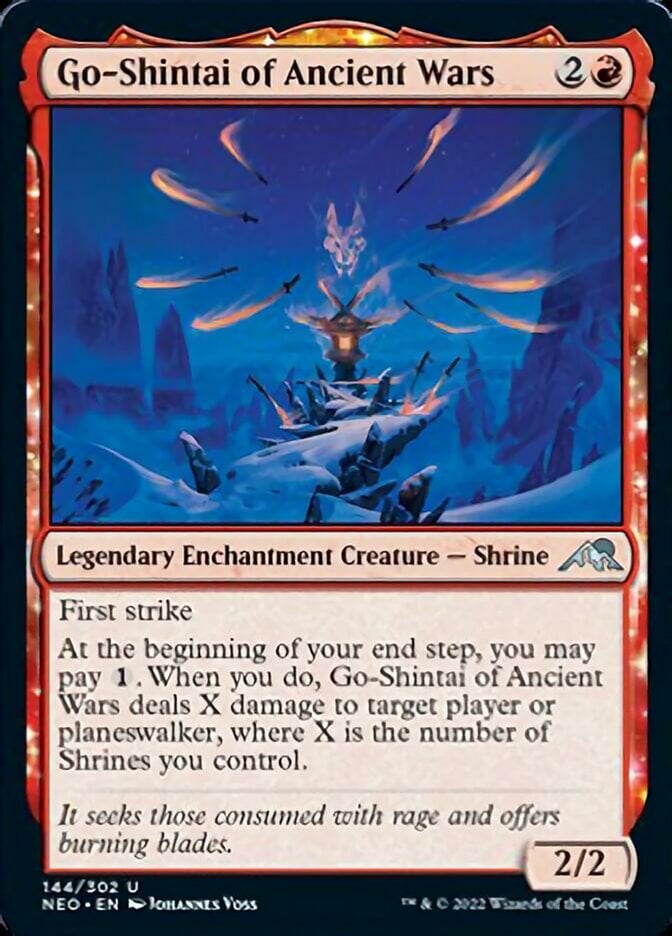
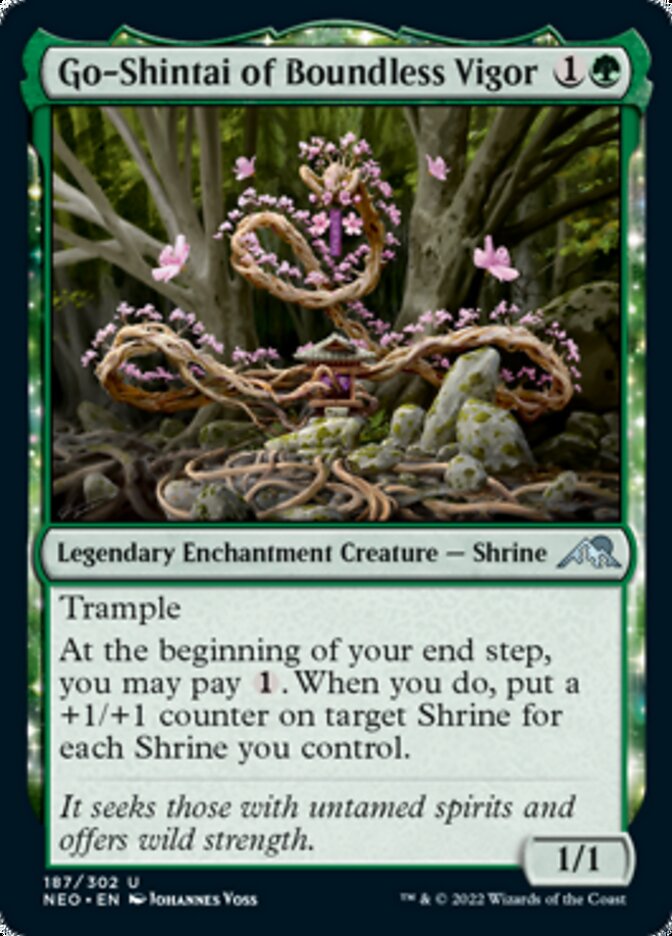
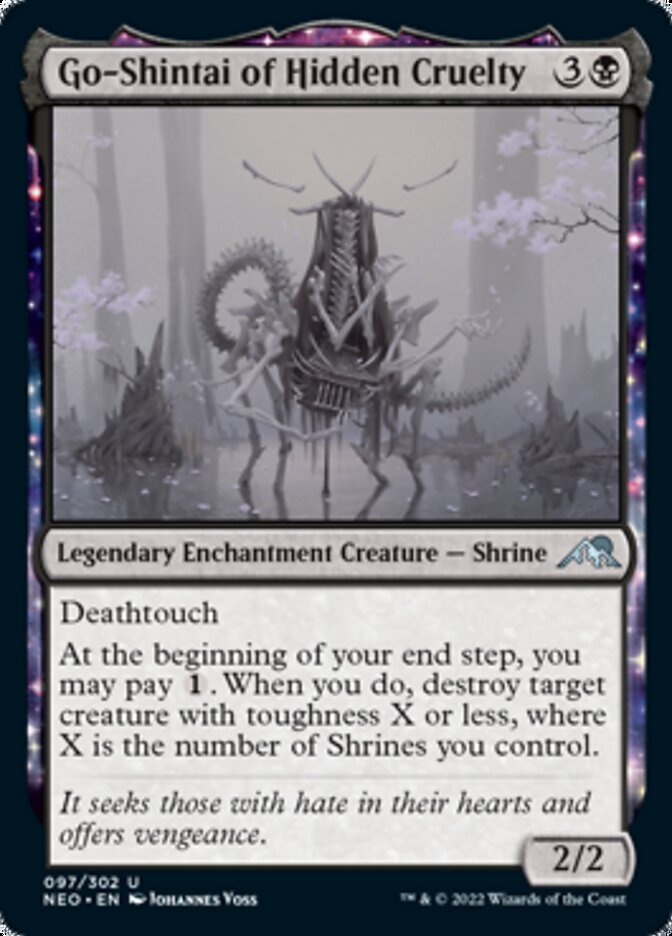
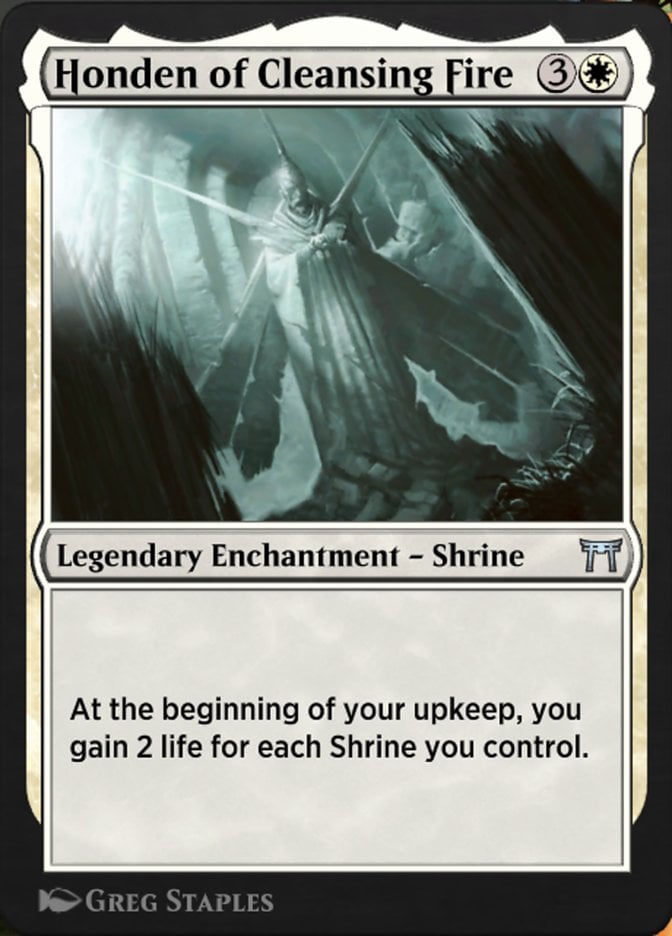
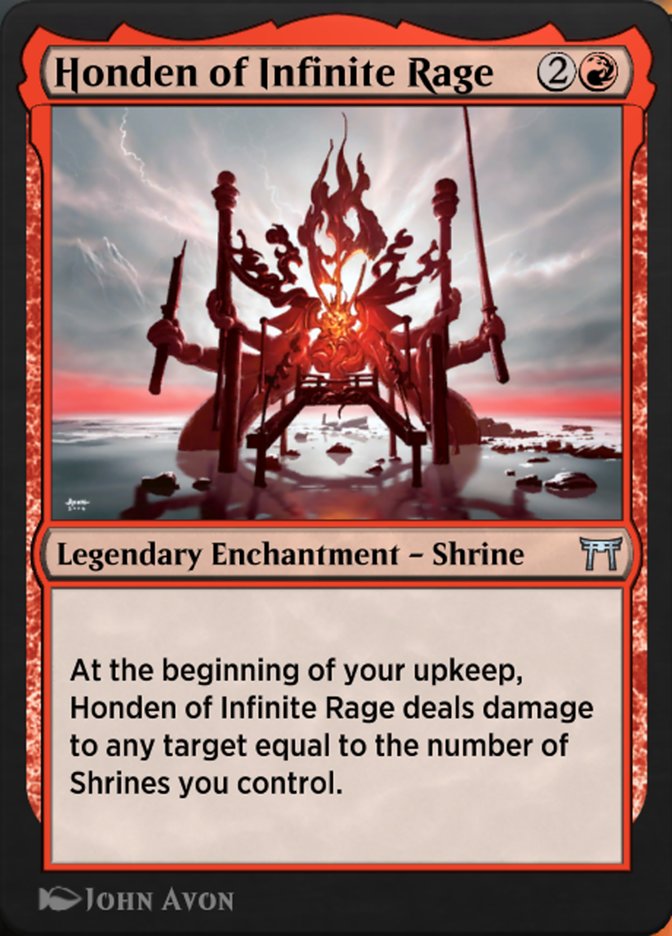
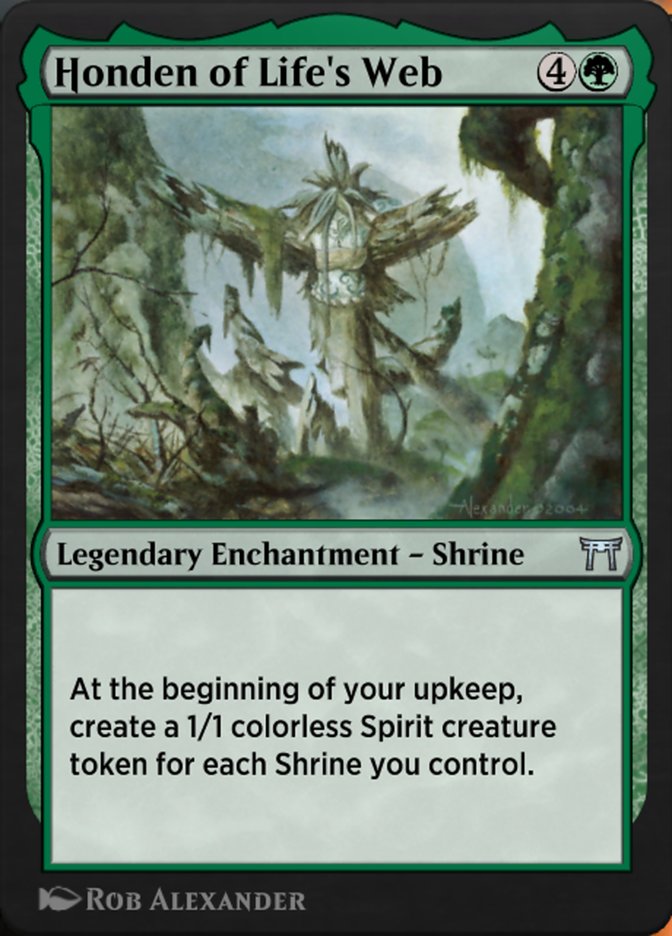
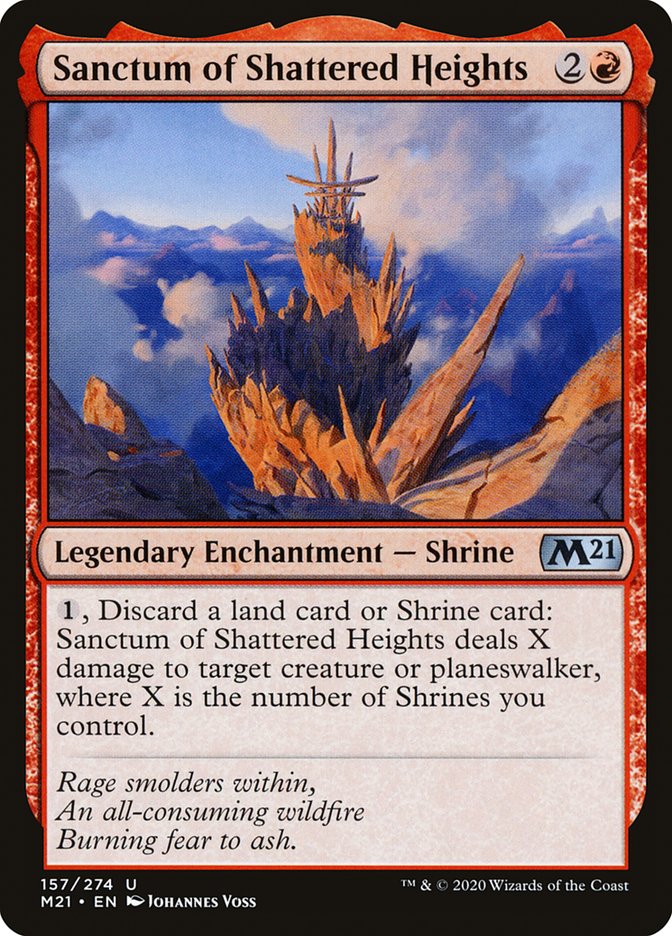

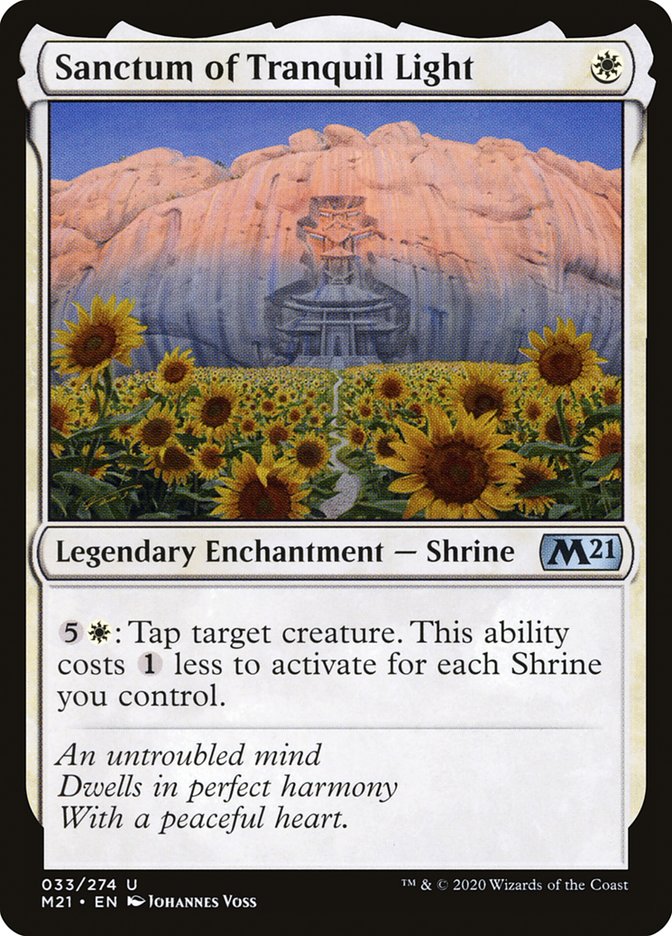
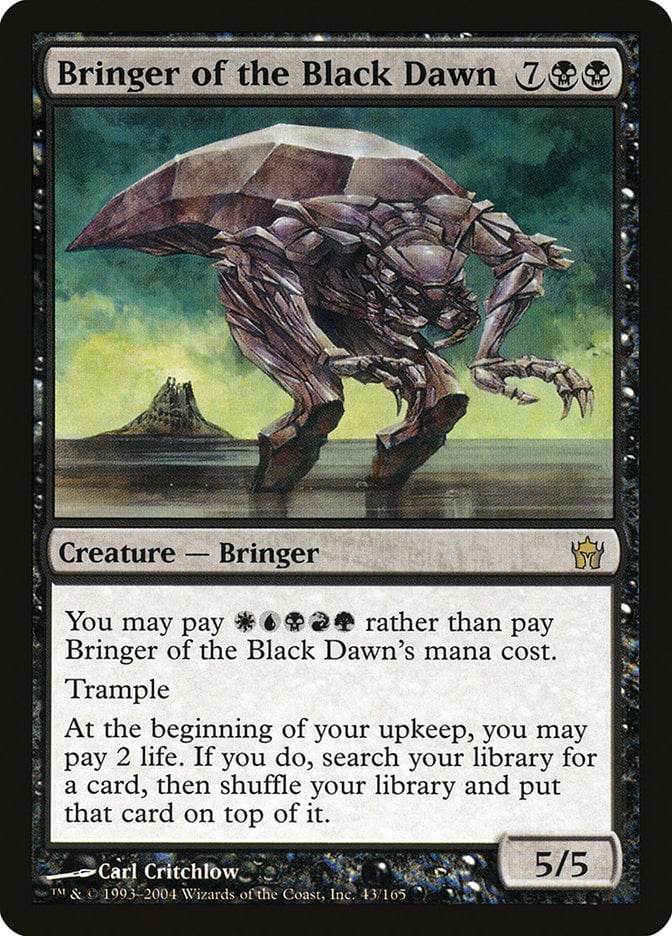
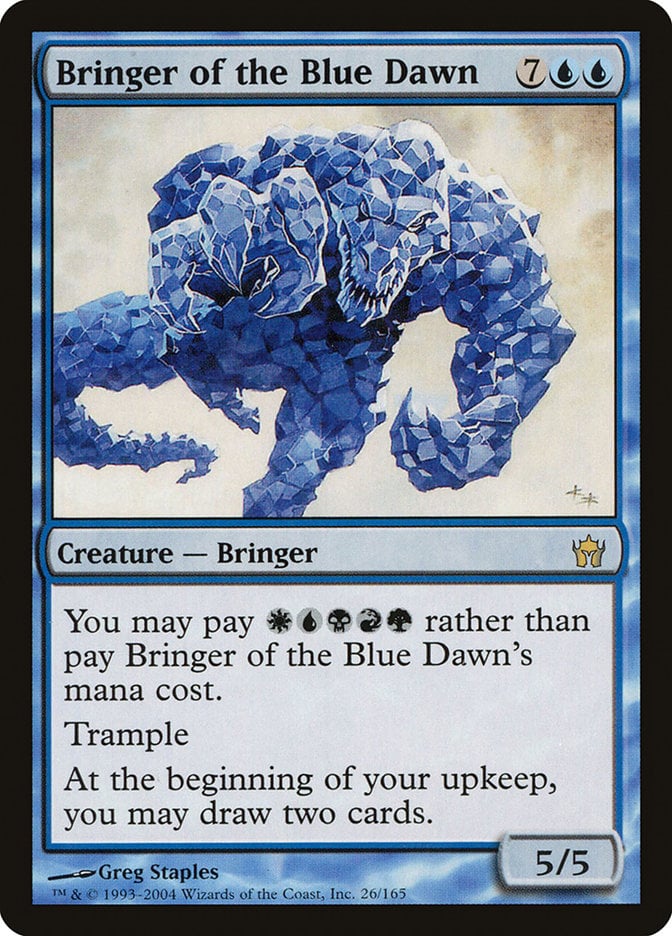
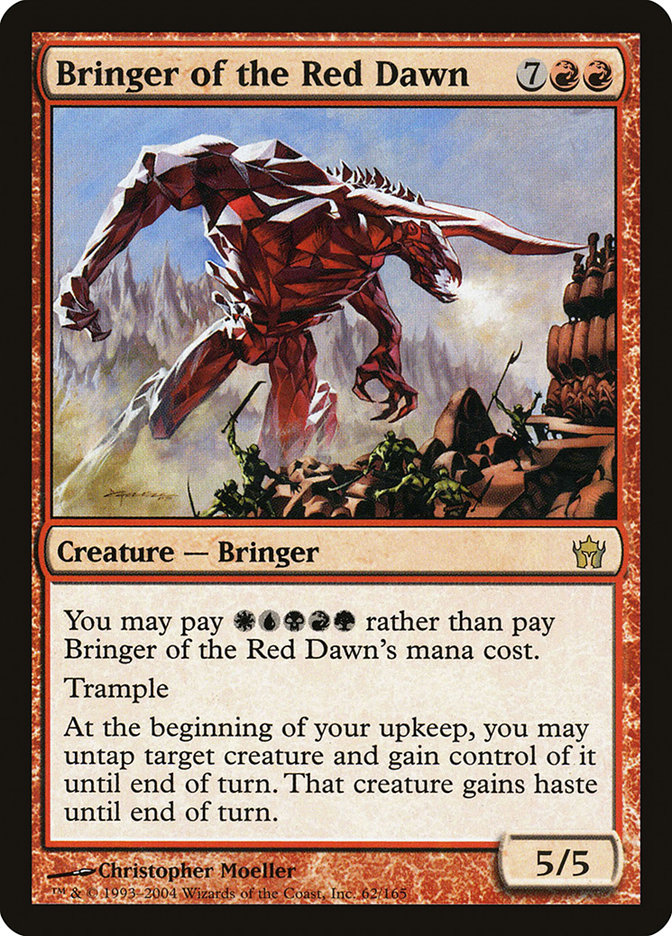
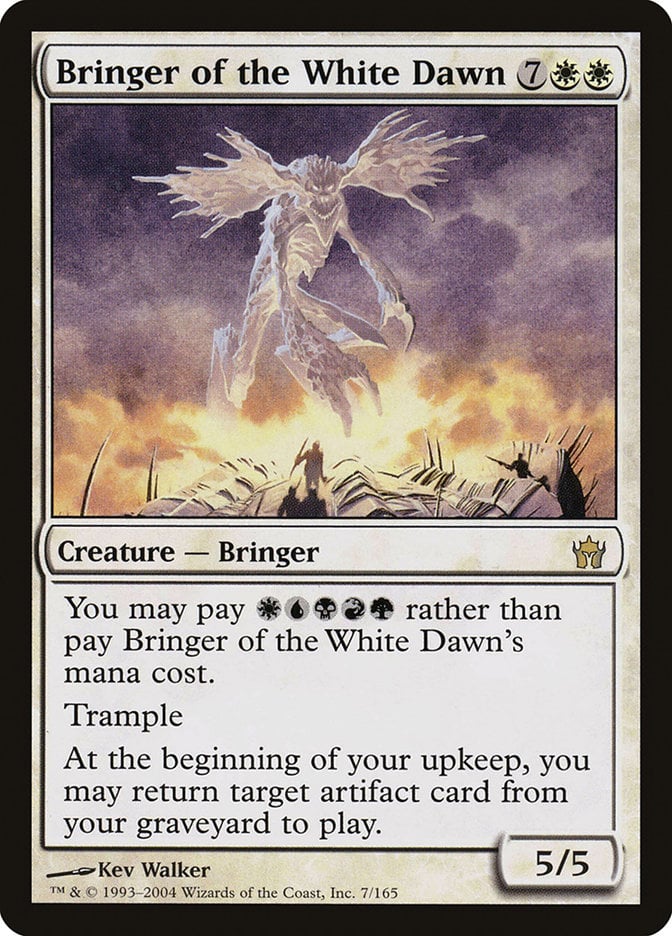
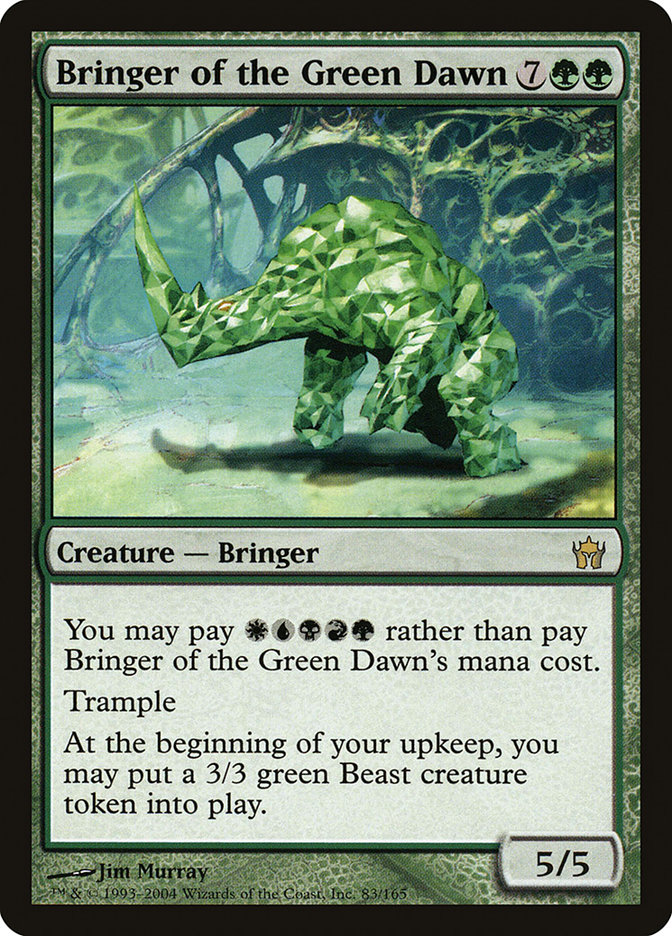
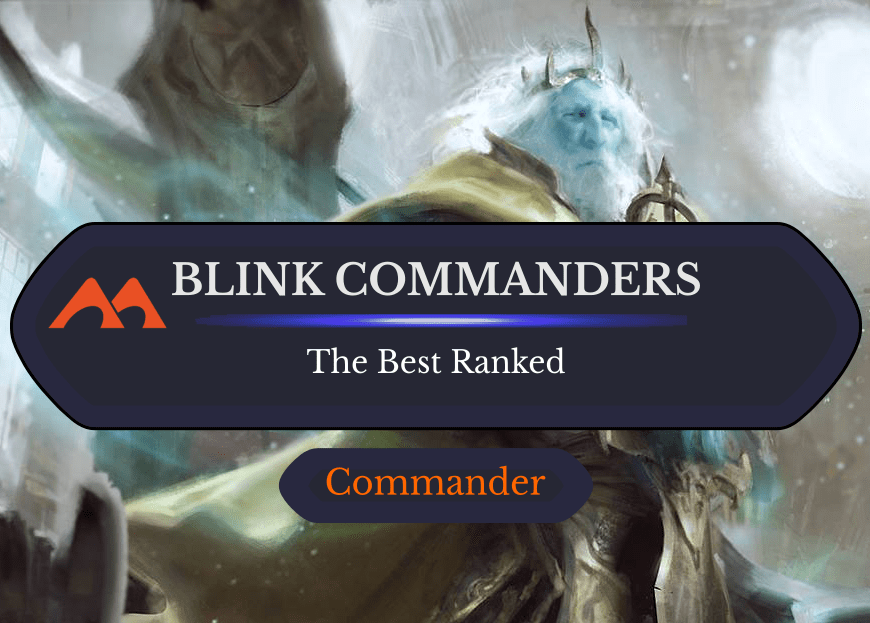
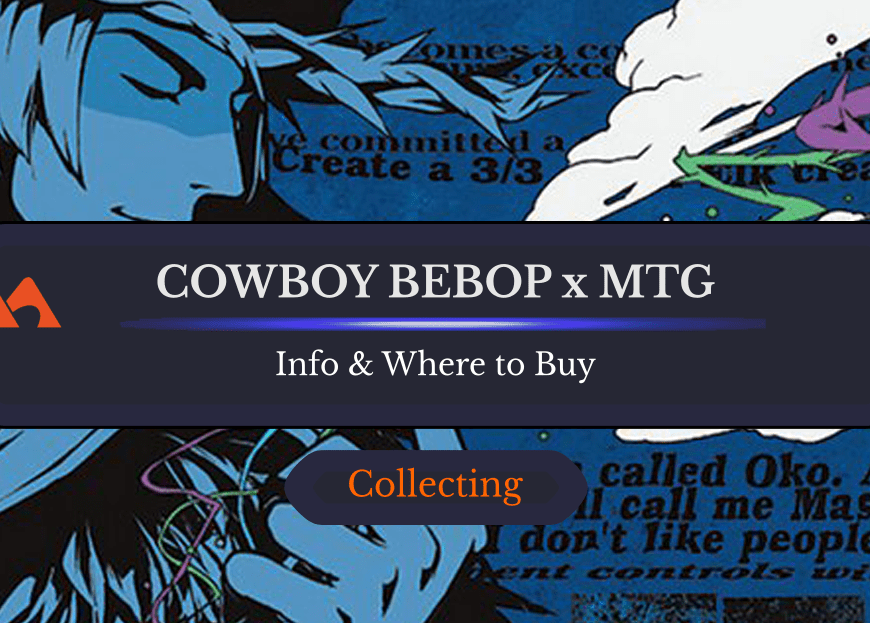
3 Comments
I think you forgot Kyodai
Thanks, we’ll get that one added in the next update.
Go-Shintai of Life’s Origin; Jared Carthalion; Jenson Carthalion, Druid Exile;
Add Comment